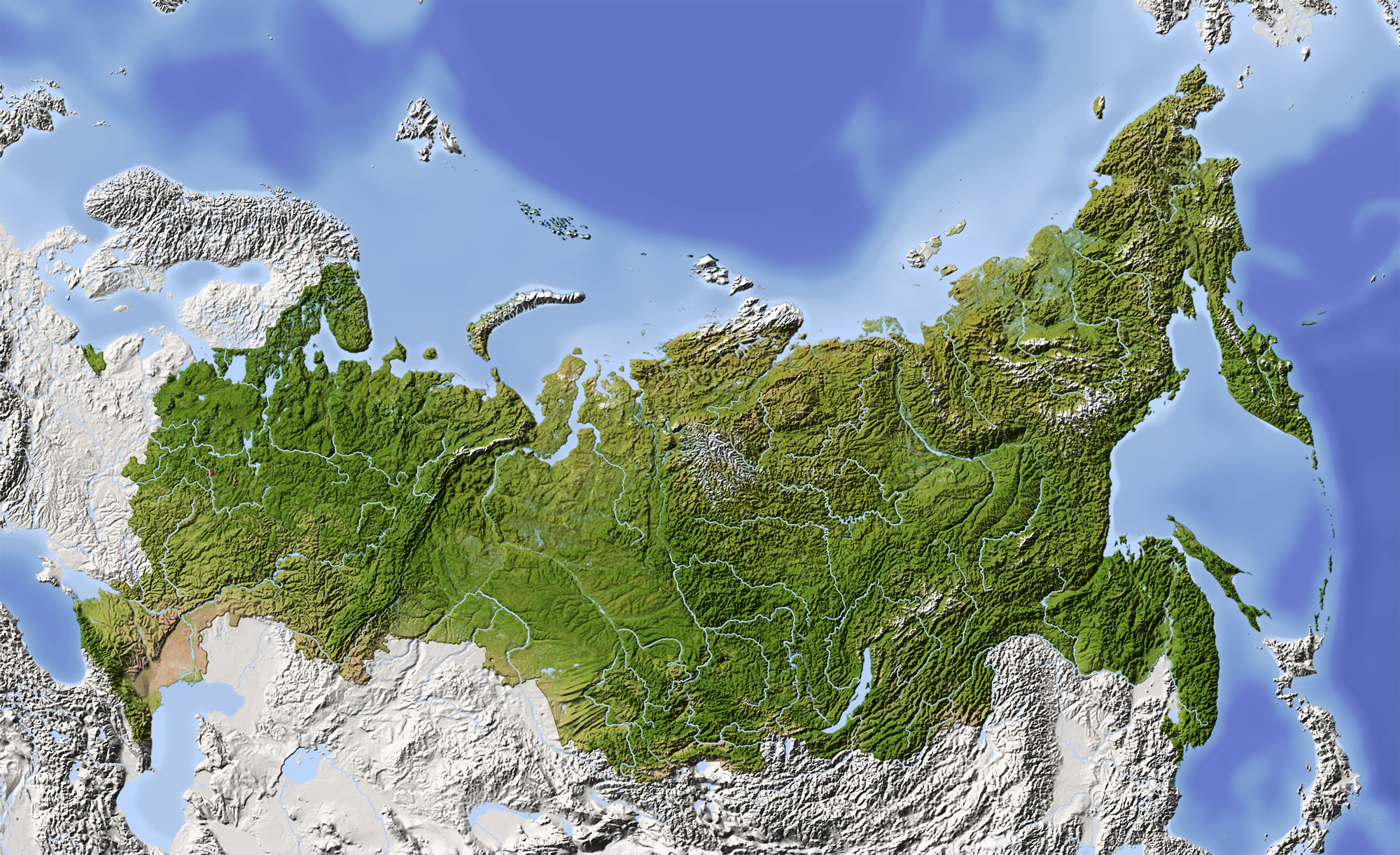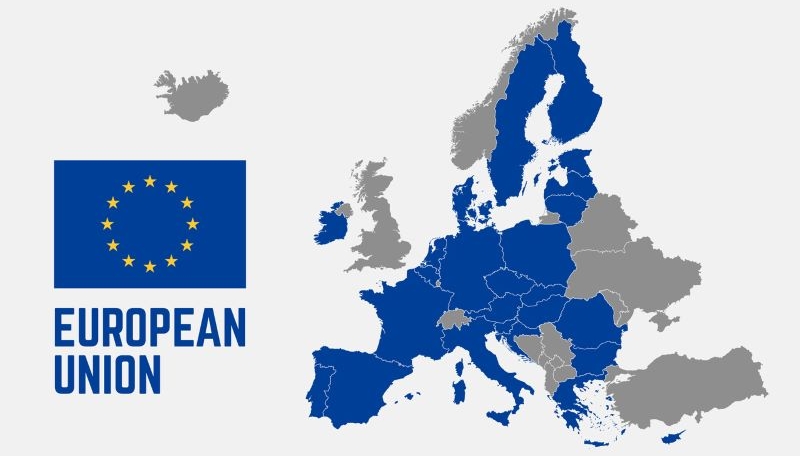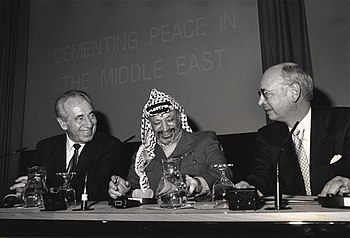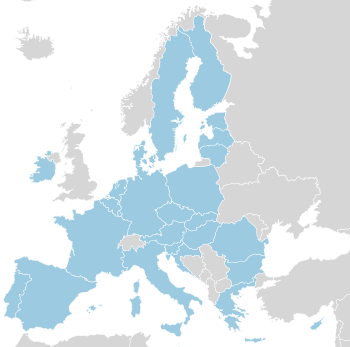EU-India Free Trade Agreement: Progress, Challenges, and Comparison with UK-India FTA
As of August 2025, the European Union (EU) and India are actively negotiating a free trade agreement (FTA), with talks having resumed in June 2022 after a long hiatus. The eleventh round of negotiations was held in New Delhi in May 2025, where several chapters, including those on transparency, were successfully closed. Both sides have consistently reiterated their commitment to finalizing the agreement by the end of 2025, highlighting the potential to strengthen bilateral economic ties and counterbalance competitive pressures from other trade deals, notably the recently signed UK-India FTA.
The EU-India FTA is broader than a typical trade agreement. In addition to the main FTA, separate pacts on investment protection (to ensure non-discriminatory and secure investment environments) and geographical indications (to protect region-specific product names) are also under discussion. Key provisions of the FTA include removing export barriers, opening services and public procurement markets, safeguarding intellectual property (IP), and committing to sustainable development practices. However, challenges remain, such as recent tensions over EU sanctions on Russia, which affect India’s trade dynamics, and concerns regarding IP rules that could impact global health access, especially in pharmaceuticals. Despite these challenges, negotiations are progressing with strong momentum, as the EU views the agreement as transformative for bilateral trade, which reached €124 billion in goods and €59.7 billion in services in 2023.
Comparison with the UK-India Free Trade Agreement
The EU-India FTA is expected to share broad similarities with the UK-India FTA, finalized in May 2025 and signed on July 24, 2025. Both agreements are comprehensive, modern pacts aimed at reducing tariffs, enhancing market access, and boosting investment. However, the EU's larger market size (it is India's largest trading partner) and its emphasis on sustainability may make the EU deal more ambitious and impactful compared to the UK-India agreement.
The UK-India FTA, which is currently awaiting ratification, is expected to increase bilateral trade by $34 billion annually from 2040. It includes detailed provisions on goods, such as tariff eliminations on 90% of UK export lines to India over the next decade, and services, with enhanced access in telecom and finance sectors. It also includes strengthened IP protections and provisions for temporary business mobility. Analysts suggest that the UK deal may serve as a "floor" for EU negotiations, meaning that key elements such as tariff reductions and IP enhancements are likely to be similar, but the EU version might incorporate stronger environmental and labor standards, reflecting its regulatory priorities.
The segmented approach adopted by the EU, with separate pacts on investment and geographical indications, contrasts with the UK’s more integrated agreement.
Key Differences and Similarities
Here’s a comparative table outlining the key aspects of the ongoing EU-India FTA and the recently signed UK-India FTA:
| Aspect | EU-India FTA (Ongoing) | UK-India FTA (Signed July 2025) |
|---|---|---|
| Status | Relaunched in 2022; 11th round held in May 2025; conclusion expected by end of 2025. | Finalized in May 2025; signed July 2025; awaiting ratification. |
| Scope | Comprehensive FTA plus separate investment protection and GI agreements; emphasizes sustainability. | Single comprehensive agreement covering goods, services, investment, IP, and digital trade. |
| Tariff Reductions | Broad eliminations expected; specifics pending finalization. | India eliminates tariffs on 90% of UK goods over 10 years; UK eliminates tariffs on 99% of Indian goods immediately. |
| Services & Investment | Opens markets in services and procurement; separate investment pact focuses on non-discrimination and dispute resolution. | Access in telecom, finance, and professional services; allows up to 74% UK ownership in Indian insurance and banking. |
| IP & GI | Strong protections for GIs; IP commitments go beyond WTO standards. | Enhanced patent protections, GI extensions for UK products; covers copyrights and trade secrets. |
| Other Key Areas | Sustainable development, data flows, potential environmental/labor standards. | Digital trade (no forced data localization), business mobility, and innovation cooperation. |
| Economic Impact | Expected to reinforce trade; EU-India trade was €124B in goods and €59.7B in services in 2023. | Expected to boost trade by $34B annually from 2040; UK's most significant post-Brexit FTA. |
| Challenges/Differences | More complex due to EU's 27 members; potential issues with pharma IP and sanctions. | Faster negotiation process as a bilateral agreement; serves as a benchmark for the EU deal but has less emphasis on green standards. |
Conclusion
The EU-India FTA is poised to significantly strengthen trade and investment ties between the two economic powerhouses. While it shares many similarities with the UK-India FTA, it also reflects the unique challenges and opportunities of working with a larger and more diverse economic bloc. The outcome of these negotiations will likely set the tone for future trade agreements between India and other global partners, and could serve as a model for building a more sustainable, inclusive global trading system.
EU-India मुक्त व्यापार समझौता: प्रगति, चुनौतियाँ और UK-India FTA के साथ तुलना
अगस्त 2025 तक, यूरोपीय संघ (EU) और भारत सक्रिय रूप से एक मुक्त व्यापार समझौते (FTA) पर बातचीत कर रहे हैं, जिसमें 2022 जून में एक लंबी विराम के बाद वार्ता का पुनः प्रारंभ हुआ था। मई 2025 में नई दिल्ली में आयोजित ग्यारहवीं दौर की वार्ता में कई अध्यायों, जिनमें पारदर्शिता पर आधारित अध्याय, को सफलतापूर्वक समाप्त किया गया। दोनों पक्षों ने बार-बार इस समझौते को 2025 के अंत तक समाप्त करने की प्रतिबद्धता जताई है, और दोनों देशों के व्यापारिक संबंधों को मजबूत करने और अन्य व्यापारिक समझौतों जैसे हाल ही में UK-India FTA पर प्रतिस्पर्धात्मक दबावों का मुकाबला करने की संभावनाओं को प्रमुख रूप से उजागर किया है।
EU-India FTA केवल एक सामान्य व्यापार समझौते से कहीं अधिक है। मुख्य FTA के अतिरिक्त, निवेश संरक्षण (निवेशकों के लिए भेदभावरहित और सुरक्षित वातावरण सुनिश्चित करने के लिए) और भौगोलिक संकेत (विशेष क्षेत्रों से जुड़े उत्पादों के नामों की रक्षा करने के लिए) पर अलग-अलग समझौते भी विचाराधीन हैं। FTA के मुख्य प्रावधानों में निर्यात अवरोधों को समाप्त करना, सेवाओं और सार्वजनिक खरीद बाजारों को खोलना, बौद्धिक संपदा (IP) की रक्षा करना और सतत विकास प्रथाओं को बढ़ावा देना शामिल हैं। हालांकि, कुछ चुनौतियाँ अभी भी मौजूद हैं, जैसे EU द्वारा रूस पर लगाए गए प्रतिबंधों के कारण व्यापारिक गतिशीलता पर प्रभाव, और IP नियमों के बारे में चिंताएँ जो वैश्विक स्वास्थ्य, विशेषकर दवाइयों के क्षेत्र में, पहुंच को प्रभावित कर सकती हैं। इन चुनौतियों के बावजूद, वार्ता मजबूत गति से आगे बढ़ रही है, क्योंकि EU इसे द्विपक्षीय व्यापार के लिए रूपांतरकारी मानता है, जो 2023 में €124 बिलियन माल और €59.7 बिलियन सेवाओं तक पहुंच चुका था।
UK-India मुक्त व्यापार समझौते के साथ तुलना
EU-India FTA UK-India FTA के साथ कई समानताएँ साझा करने की संभावना है, जो मई 2025 में अंतिम रूप से निर्धारित हुआ और 24 जुलाई 2025 को हस्ताक्षरित हुआ। दोनों समझौते व्यापक, आधुनिक समझौते हैं, जिनका उद्देश्य सीमा शुल्कों को कम करना, बाजारों तक पहुंच बढ़ाना और निवेश को बढ़ावा देना है। हालांकि, EU का बड़ा बाजार आकार (यह भारत का सबसे बड़ा व्यापारिक साझेदार है) और सततता पर इसका जोर EU समझौते को UK-India समझौते की तुलना में अधिक महत्वाकांक्षी और प्रभावशाली बना सकता है।
UK-India FTA, जो वर्तमान में अनुमोदन की प्रक्रिया में है, 2040 से हर वर्ष $34 बिलियन का व्यापार वृद्धि करने की उम्मीद है। इसमें वस्त्र, जैसे कि UK निर्यात लाइनों पर 90% सीमा शुल्क उन्मूलन की विस्तृत provisions हैं, और सेवाओं, जैसे कि दूरसंचार और वित्तीय क्षेत्र में सुधार की पहुंच है। इसमें IP की सुरक्षा को मजबूत करने के साथ-साथ अस्थायी व्यवसाय गतिशीलता के लिए भी provisions हैं। विश्लेषकों का कहना है कि UK समझौता EU वार्ता के लिए एक "नींव" के रूप में काम कर सकता है, यानी कि मुख्य तत्व जैसे सीमा शुल्क में कमी और IP में सुधार समान रहेंगे, लेकिन EU संस्करण में अधिक मजबूत पर्यावरण और श्रमिक मानक शामिल हो सकते हैं, जो इसके नियामक प्राथमिकताओं को दर्शाते हैं।
EU की अलग-अलग approach, जिसमें निवेश और भौगोलिक संकेत पर अलग समझौते शामिल हैं, UK के एकीकृत समझौते से भिन्न है।
प्रमुख अंतर और समानताएँ
यहां EU-India FTA और हाल ही में हस्ताक्षरित UK-India FTA के प्रमुख पहलुओं की तुलना करने वाली तालिका दी गई है:
| पहलू | EU-India FTA (चल रही वार्ता) | UK-India FTA (हस्ताक्षरित जुलाई 2025) |
|---|---|---|
| स्थिति | 2022 में पुनः शुरू; 11वीं दौर मई 2025 में; 2025 के अंत तक निष्कर्ष की उम्मीद। | मई 2025 में वार्ता पूरी हुई; जुलाई 2025 में हस्ताक्षरित; अनुमोदन की प्रतीक्षा। |
| व्यापकता | व्यापक FTA के साथ निवेश संरक्षण और GI समझौते; सतत विकास पर जोर। | एकल व्यापक समझौता जिसमें वस्त्र, सेवाएँ, निवेश, IP और डिजिटल व्यापार शामिल हैं। |
| सीमा शुल्क में कमी | वस्त्रों पर व्यापक उन्मूलन की उम्मीद; विशिष्ट विवरण अभी समाप्त होना बाकी है। | भारत UK के 90% वस्त्रों पर 10 वर्षों में सीमा शुल्क हटाएगा; UK ने भारतीय वस्त्रों पर 99% सीमा शुल्क तुरंत समाप्त किया। |
| सेवाएँ और निवेश | सेवाओं और सार्वजनिक खरीद के बाजारों को खोलता है; निवेश समझौते में भेदभाव और विवाद समाधान पर जोर। | दूरसंचार, वित्त और पेशेवर सेवाओं में पहुंच; भारतीय बीमा/बैंकिंग में 74% तक UK स्वामित्व को समर्थन। |
| IP और GI | GI की मजबूत सुरक्षा; IP प्रतिबद्धताएँ WTO मानकों से आगे। | UK उत्पादों के लिए GI विस्तार, पेटेंट प्रक्रियाओं में सुधार; कॉपीराइट और व्यापार रहस्य को कवर करता है। |
| अन्य प्रमुख पहलू | सतत विकास, डेटा प्रवाह, और संभावित पर्यावरण/श्रम मानक। | डिजिटल व्यापार (जैसे डेटा स्थानीयकरण पर कोई बाध्यता नहीं), व्यापार गतिशीलता, और नवाचार सहयोग। |
| आर्थिक प्रभाव | व्यापार संबंधों को मजबूत करने की उम्मीद; EU-India व्यापार पहले ही €124B वस्त्र और €59.7B सेवाओं (2023) तक पहुंच चुका है। | 2040 से $34B वार्षिक व्यापार वृद्धि की उम्मीद; UK का सबसे बड़ा पोस्ट-ब्रेक्जिट द्विपक्षीय FTA। |
| चुनौतियाँ/विभिन्नताएँ | EU के 27 सदस्य देशों के कारण अधिक जटिल; फार्मा IP और प्रतिबंधों पर संभावित समस्याएँ। | द्विपक्षीय समझौता के रूप में तेज़ी से बातचीत; EU समझौते के लिए मानक के रूप में कार्य करता है, लेकिन हरे मानकों पर कम जोर। |
निष्कर्ष
EU-India FTA दोनों देशों के बीच व्यापार और निवेश संबंधों को मजबूत करने के लिए महत्वपूर्ण रूप से तैयार है। जबकि इसमें UK-India FTA के समान कई पहलू हैं, यह अपने आकार और विभिन्न अर्थशास्त्र की चुनौतियों और अवसरों को भी प्रतिबिंबित करता है। इन वार्ताओं का परिणाम भविष्य में भारत और अन्य वैश्विक साझेदारों के साथ व्यापार समझौतों के लिए मार्गदर्शक हो सकता है, और यह एक अधिक सतत, समावेशी वैश्विक व्यापार प्रणाली बनाने के लिए एक मॉडल के रूप में काम कर सकता है।

























